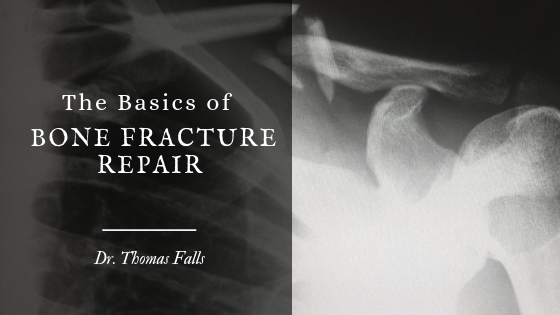Broken bones are sometimes an inevitable part of life. In many cases, the bone can heal the fracture itself with the help of a splint or cast. When a bone fracture isn’t capable of being healed with splinting or casting alone, a surgery known as a bone fracture repair may be necessary. It’s also referred to as open reduction and internal fixation (ORIF) surgery.
The Process
If you suspect a broken bone, you should always have another person drive you to and from the hospital or surgery center. Once at the hospital, your health care team will likely order imaging tests to view the affected area and determine the severity of the fracture. X-rays, CT scans and MRIs are the most common. If it isn’t possible for the bone to heal without surgery, an orthopaedic surgeon is called.
Bone fracture repair survey can take several hours. Some patients are given general anesthesia so they sleep through the entire surgery. Other times, it’s best to opt for a local anesthetic to only numb the broken limb. Once the bone is set into place, the orthopaedic surgeon uses metal screws, rods, pins or plates to secure it. Some of this material is temporary and will be removed after the bone heals, but it’s not uncommon for it to be a permanent part of a person’s body.
If the bone was shattered into small fragments during the injury, a bone graft may be recommended. This is when bone from a donor or another part of your own body is used to replace portions of lost bone. Bone fracture repair surgery also involves repairing blood vessels that were damaged during the injury.
The healing process typically takes between six and eight weeks. Pain and swelling after surgery are normal, but you should notify your doctor if the pain starts to worsen a few days after surgery. Icing, elevation and rest can help the bone to heal, and painkillers may be prescribed to ease your discomfort.
Potential Risks
Complications from bone fracture repair surgery are very rare. Bleeding, infection, blood clots, or an allergic reaction to anesthesia are the most common adverse side effects. To minimize risk, it’s important to provide your doctors with an accurate medical history. This means you should disclose any allergies, medications and pre-existing conditions.
Researchers are constantly working on new technology to make bone fracture repair surgery safer and more effective for the patient, but surgery is always accompanied by a small risk.
Remember that it is possible to re-injure a bone that has been fractured and repaired, so it’s best to practice caution to keep your bones and overall health in good condition.

